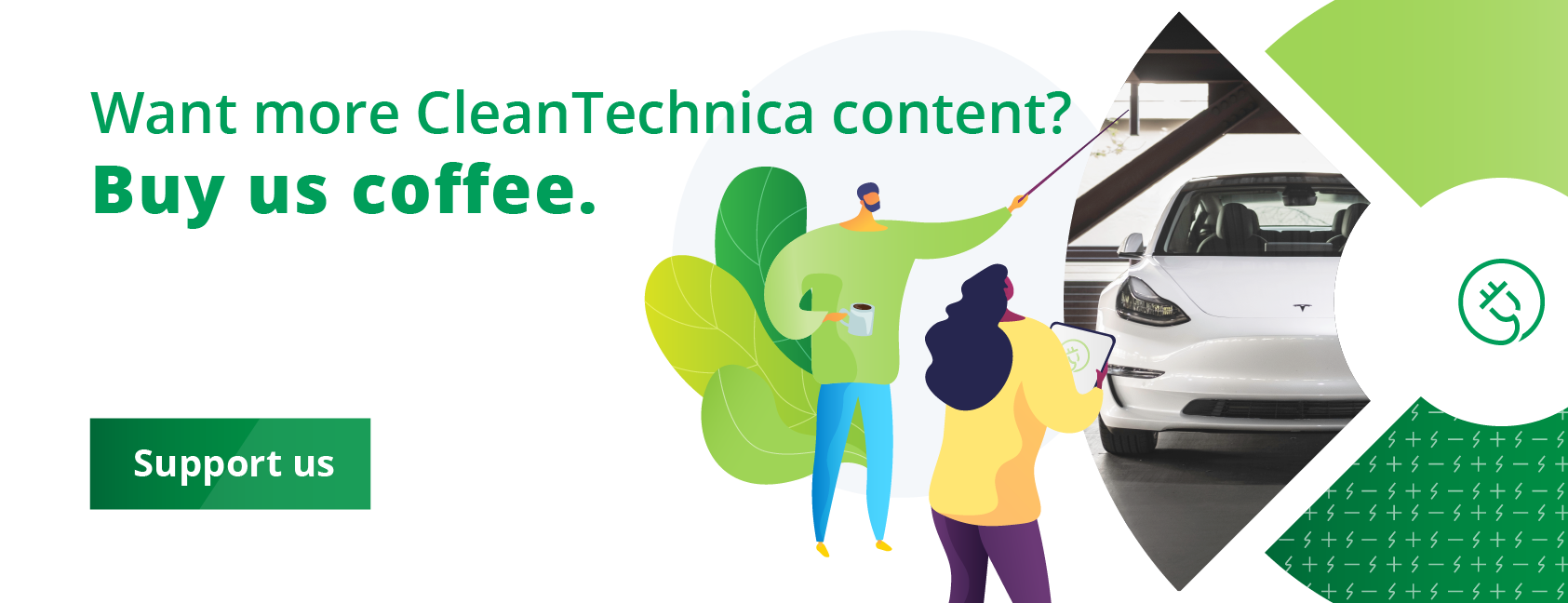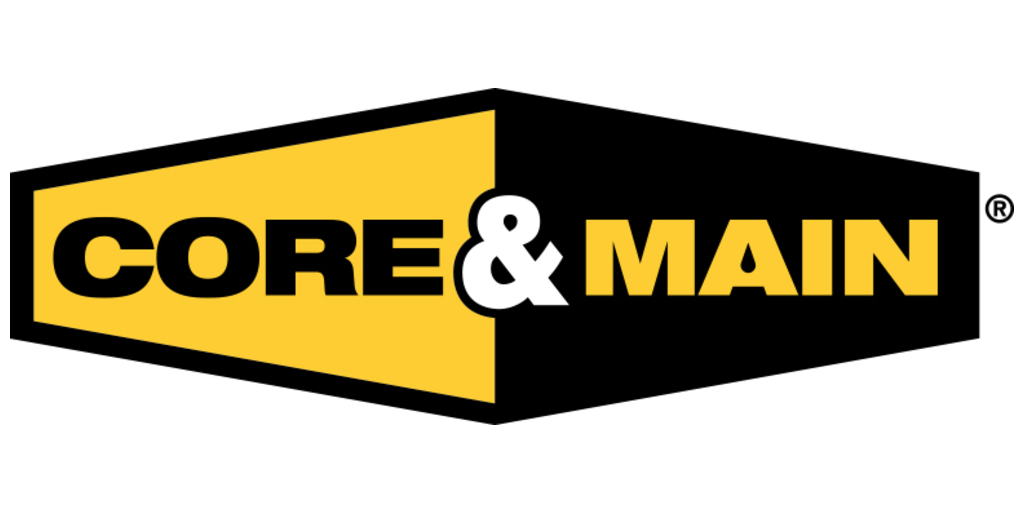
2,142 passenger plug-in hybrid vehicles were built in South Africa from January to May this year. 1,740 plug-in hybrid vehicles were built from January to April, meaning that 402 passenger plug-in hybrid vehicles were built in the month of May. Most of these (if not all) are probably Mercedes-Benz C-Classes, given the range of vehicles and brands that are assembled or manufactured in South Africa.
The numbers of plug-in hybrid vehicles produced in South Africa are set to get a supercharge after BMW announced last week that it is investing R4.2 billion ($223 million) for the new-generation X3 sports-utility vehicle, including a plug-in hybrid electric vehicle (PHEV) variant. What is significant is that the local BMW SA plant will be the exclusive global supplier of the X3 PHEV, said Mikel Mabasa, naamsa CEO. Naamsa is the South African Automotive Business Council.
“The investment announcement by BMW SA is a very strong vote of confidence and reaffirms the company’s commitment to the country and the domestic automotive industry and is especially significant in view of the lack of a solid commitment and policy guarantees by government for the production and sale of new energy vehicles (NEVs) in South Africa,” said Mabasa.
BMW Group SA announced this as part of its 50th anniversary in South Africa celebrations. BMW SA was the European premium car maker’s first wholly owned plant outside Germany and has manufactured more than 1.6 million vehicles at its Rosslyn plant over the past 50 years. Around 20,000 people are directly and indirectly employed at BMW SA’s facilities and within its supply chain.
PHEVs divide opinions a lot. However, many feel that PHEVs with an electric range of over 100 km will play a key role in the transition, especially in markets where charging infrastructure is still developing. BYD seem to have found a winning formula in China and in other markets in Central and South America with its PHEV DM-I and DM-p range. The addition of more PHEVs to the South African automotive assembly and manufacturing sector is a welcome development for a country where essentially all of the locally produced vehicles are still ICE vehicles.

The motor vehicle and associated vehicle components production industry is the largest manufacturing sector in the South African economy. A substantial 21.7% of value addition within the domestic manufacturing output was derived from vehicle and automotive component manufacturing in 2022, while the broader automotive industry’s contribution to the GDP comprised 4.9% (2.9% manufacturing and 2% retail). South African automotive trade amounted to R435 billion in 2022, and comprised 16.5% of South Africa’s total trade GDP, up from 15.8% in 2021. This is according to the latest Automotive Industry Export Council (AIEC) Automotive Export Manual 2023.
The AIEC says the export value of vehicles and automotive components increased by R19.8 billion, or 9.5%, from the R207.5 billion in 2021 to a record R227.3 billion in 2022, comprising 12.4% of total South African exports. Vehicle exports increased by 53,765 units to 351,785 units in 2022, up from 298,020 units exported in 2021, while the vehicle export value increased by R18.7 billion from the R138.3 billion in 2021 to R157 billion in 2022, the highest vehicle export value on record. As the world transitions to electric mobility, and especially given some of the targets for phasing out full internal combustion engine vehicles in a lot of the countries where South African made vehicles are exported, it has become critical for South Africa to hasten the local production of electric vehicles. The production of longer range PHEVs is a good start. Full battery-electric vehicles are next in the near future hopefully.
I don’t like paywalls. You don’t like paywalls. Who likes paywalls? Here at CleanTechnica, we implemented a limited paywall for a while, but it always felt wrong — and it was always tough to decide what we should put behind there. In theory, your most exclusive and best content goes behind a paywall. But then fewer people read it! We just don’t like paywalls, and so we’ve decided to ditch ours. Unfortunately, the media business is still a tough, cut-throat business with tiny margins. It’s a never-ending Olympic challenge to stay above water or even perhaps — gasp — grow. So …




